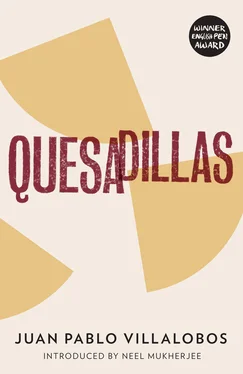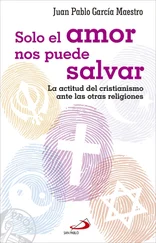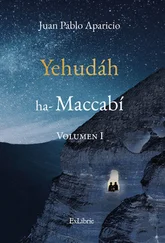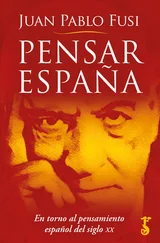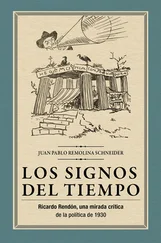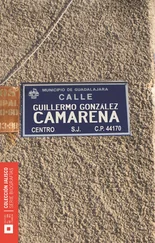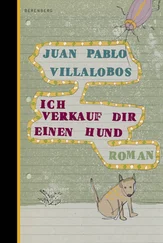‘What else, what else?’
A room for my mother to cry in?
We finished the house and put in a mesquite door, a heavy, resistant door, which would keep watch over the passing of the years and the centuries. It was a magnificent house. It had a watchtower and there were bridges linking the rooms.
‘Dad, we could do what they did on the hill.’
‘What?’
‘Make another neighbourhood.’
‘A neighbourhood fifty metres square?’
‘Or another country.’
‘Another country!’
‘Poland!’
‘Poland.’
And then my father said to me, ‘Recite.’
And so I did:
‘ Suave Patria, gentle vendor of chía,
I want to bear you away in the dark of Lent,
riding a fiery stallion, disturbing
the peace, and dodging shots from police ,
etc.’
We were about to go inside and to bed when the door opened and out came Uncle Pink Floyd. Outside jail now, he stretched up to his true height. He was enormous. He came and stood next to us to admire the building. His head was reflected in the glass of the second-floor windows. He raised his hand to check that the watchtower was real.
‘You’ve made it look really nice.’
We all smiled delightedly: we had perfect sets of brilliant white teeth.
‘Thanks.’
But he immediately realised what was going on: ‘Hey, you bastards, don’t eat my watermelons.’
This is our house.
This is my house.
Now try and tear it down.
charro
a traditional Mexican horseman, somewhat like the North American cowboy. Charros take part in charreadas (a little like rodeos) and wear very distinctive colourful clothing, including a wide-brimmed hat.
chía
a species of flowering plant from the mint family that is native to Mexico. Its seeds are used to make a refreshing drink.
chicharrón
fried pork rinds.
chilaquiles
a breakfast dish made from fried corn tortillas mixed with salsa and simmered, then topped with cheese, cream and refried beans.
El Cerro de la Chingada
most commonly understood as ‘the hill in the middle of (fucking) nowhere’, the name of this fictional hill makes oblique reference to La Chingada (or La Malinche), a well-known Mexican figure who acted as both interpreter and lover to Hernán Cortés during the Spanish colonisation of Mexico and whose name has become a way of swearing, insulting people or expressing strong positive feelings. The name humorously implies that Orestes’ family home is in a godforsaken place. Sending someone to La Chingada is not unlike telling them to fuck off.
gordita
a cornmeal cake filled with cheese, meat or other ingredients, then fried or baked. It is a little like a Cornish pasty.
huarache
popular Mexico City street snack made of an oblong-shaped fried corn dough base with various toppings, such as salsa, minced beef and cheese.
huitlacoche
sometimes called corn smut, this is a harmless fungus that grows on corn and is sometimes used as a filling in quesadillas.
ISSSTE (Institute for Social Security and Services for State Workers) shops
a series of state-run supermarkets in Mexico selling goods at below-market prices.
nixtamal
corn soaked in lime, then hulled before being ground to form masa (corn dough), which is used to make tortillas, tacos, quesadillas, tamales etc.
quesadilla
a flour or corn tortilla filled with cheese or other savoury ingredients, served folded in half. Common fillings include courgette flowers, huitlacoche and chicharrónes .
tacos de canasta
literally ‘basket tacos’, these are fried tortillas folded and filled with refried beans, potato and chorizo, or other ingredients, then steamed until soft. Traditionally they are made at home, then wrapped in a cotton cloth and placed in a basket so that they steam on the way to the street vendor’s stand.
tamal
a cornmeal cake stuffed with either savoury or sweet fillings, wrapped in plantain leaves or corn husks and steamed.
telenovela
similar to a soap opera, this is a television genre popular in Latin America, Spain and Portugal. The limited-run serials usually feature melodramatic stories of unrequited love, pantomime-style villains and fairy-tale endings. The most famous examples are the Colombian novela Yo soy Betty la fea , which was reimagined for a US audience as the hit TV show Ugly Betty , and Los ricos también lloran ( The Rich Cry Too ), in which a millionaire takes in a young orphan girl only to have his womanising son try to seduce her.
‘ the Little Red Rooster’s men ’: the Partido Democrático Mexicano (Mexican Democratic Party) or PDM, which we referred to as the Pee-Dee-Em so as to avoid babbling like a baby or spitting, was better known as the Little Red Rooster party. It was founded in 1979 and disappeared in 1997, when it failed to receive the necessary votes to remain on the electoral register. Its origins were in the National Synarchist Union, which in turn was modelled on the fascist Spanish Falange party. It controlled the council of Lagos de Moreno during the first half of the 1980s. The party’s logo was a little red rooster crowing, summoning its fellow believers to get up and go to five o’clock mass, because the early bird catches the worm, as they say, although this has never been proved.
Carlos Salinas’ government : Carlos Salinas de Gortari was president of Mexico from 1988 to 1994. He came to power after being ‘elected’ in a hotly disputed campaign against the left-wing candidate, Cuauhtémoc Cárdenas. Suspicions of electoral fraud have not been dispelled to this day. The morning after election day, the computer system ‘went down’, giving rise to one of the most depressing footnotes in Mexican political history, the so-called ‘system failure’. During his presidency, Salinas implemented an extreme neoliberal programme notable for its privatisation of state companies. For most of his mandate he enjoyed international prestige, being applauded as a moderniser of the Mexican economy. No one saw the disaster that was coming. In December 1994, a few months after he left government, a serious economic crisis erupted, known to Mexicans as the ‘December Mistake’, which generated an international panic generally known as the ‘Tequila Effect’. The Salinist project had been to hide all of the country’s economic problems under the carpet. Salinas became the greatest of all the villains in Mexican politics. Suspicions of corruption during his government multiplied and his brother was jailed, accused of having assassinated the then party president. ‘Salinist’ remains a very serious insult.
the PRI : the acronym of the Partido Revolucionario Institucional (Institutional Revolutionary Party) — no joke, this: we’re talking about an institutionalised revolution. This party emerged in 1929 with the aim of stopping the rural political bosses of the Mexican Revolution from killing each other. It governed Mexico until 2000, during which time it created and consolidated a political culture based on corruption, demagogy, co-option, fraud and a long list of suchlike. It has a chameleon-like ideology: it was left-wing in the 1930s, populist in the 1970s, neoliberal from the 1980s onwards … It returned to power in December 2012 (no joke either).
Mexico’s national team of the worst PRI-ist presidents in history
Carlos Salinas de Gortari(see above)
Читать дальше
